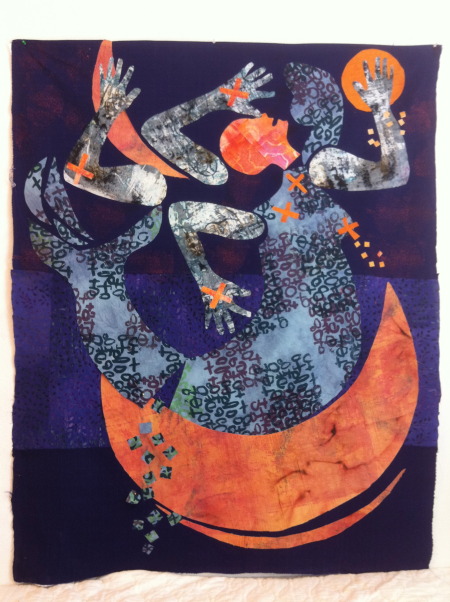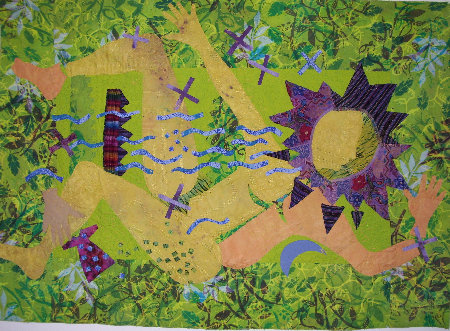What Stories are Just Old Stories?
 Sunday, November 25, 2012 at 05:27PM
Sunday, November 25, 2012 at 05:27PM In an effort to make my story bolder, bigger and more adventurous, I recently signed up with a coach (I'll share more about that as the process processes!) and, as a result, am doing some of that deep-digging internal work that is both exhilerating and terrifying at the same time. Like trying to answer the question: What do I really want in my creative life? And, what do I need (to have, to do, to think about, to change) to make that happen?
And, of course, as often happens when one is paying attention to one thing or another, two smart amazing people whose work I follow came through with related posts.
First, poet, creative consultant and teacher David Whyte wrote a wonderful "letter from home," and in it he describes this aha moment:
One of the most beautifully disturbing questions we can ask, is whether a given story we tell about our lives is actually true, and whether the opinions we go over every day have any foundation or are things we repeat to ourselves simply so that we will continue to play the game. It can be quite disorienting to find that a story we have relied on - is not only not true - it actually never was true. Not now not ever. There is another form of obsolescence that can fray at the cocoon we have spun about ourselves, that is, the story was true at one time, and for an extended period; the story was even true and good to us, but now it is no longer true and no longer of any benefit, in fact our continued retelling of it simply imprisons us. We are used to the prison however, we have indeed fitted cushions and armchairs and made it comfortable and we have locked the door from the inside.
The imprisoning story I identified by the time the entree was served was one I had told myself for a long time. “In order to write I need peace and quiet and an undisturbed place far from others or the possibility of being disturbed. I knew however, that if I wanted to enter the next creative stage, something had to change; I simply did not have enough free space between traveling, speaking and being a good father and husband to write what I wanted to write. The key in the lock turned surprisingly easy, I simply said to myself, “What if I acted as if it wasn’t true any more, what if it had been true at one time, but now at this stage in the apprenticeship I didn’t need that kind of insulation anymore, what if I could write anywhere and at any time?” One of the interesting mercies of this kind of questioning is that it is hard to lose by asking: if the story is still true, we will soon find out and can go back to telling it. If is not we have turned the key, worked the hinges again and walked out into the clear air again with a simple swing of the door.
Read the rest of the story here to find out what happened when David Whyte took action with that insight. And join me in asking what are just old stories I am telling myself?
Also in my inbox, a newsletter from Lisa Call, another of my on-line gurus. A systems analyst by day and artist in heart and soul, Lisa has a work ethic I admire, and such complex and organized systems for her own creative goal setting that they make my little improvisational soul quiver. I don't even aspire to such a level of organization, but I do really find her inspiring and motivating. She says:
|
|
To come clean about my coaching commitment, I've signed up with Lesley Riley and even after just a week o work on visioning my goals and how to go about them, the universe is responding in kind. I decided to take this step of hiring her as my coach after seeing an amazing panel discussion that Lesley put together (and only half of it at that) at the International Quilt Festival. She invited a group of successful artists to talk about their work, approaches and how they capitalized on their strengths and talent to get where they are. Lesley has online courses and does one-on-one coaching with her Artist Success programs -- check it out!







